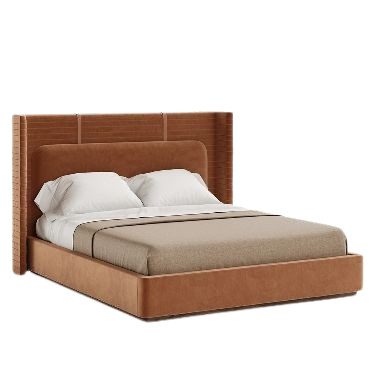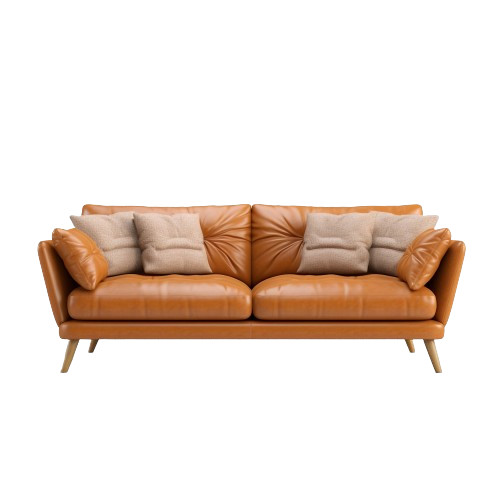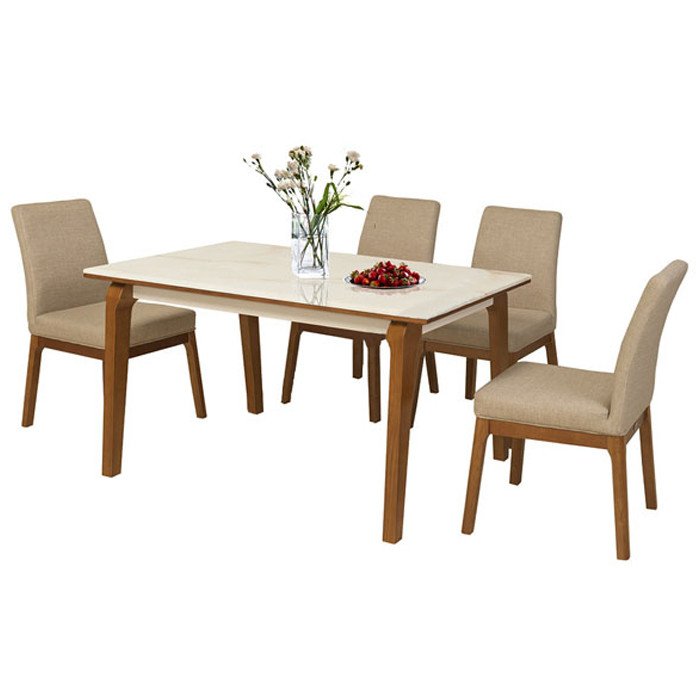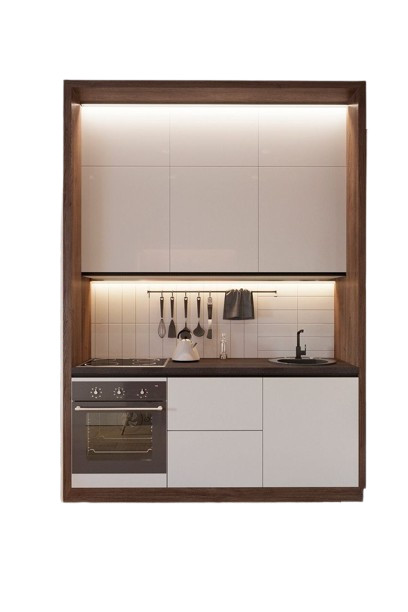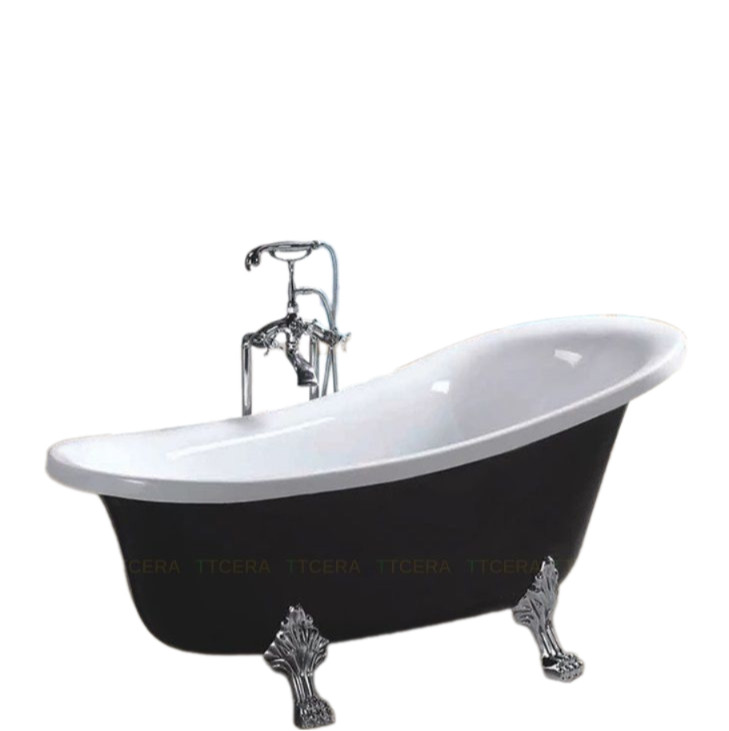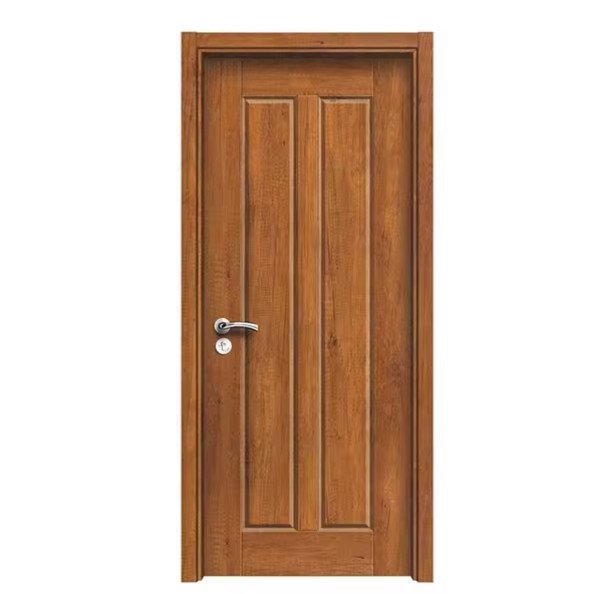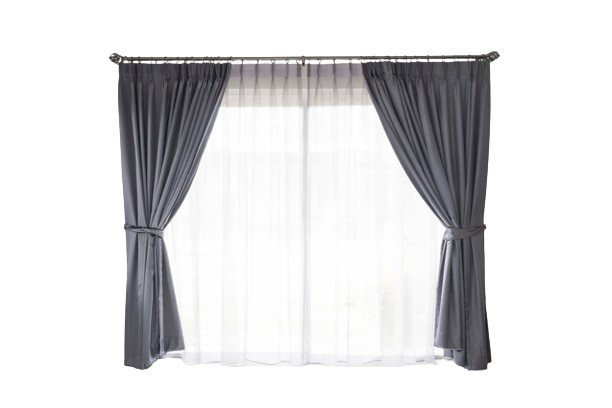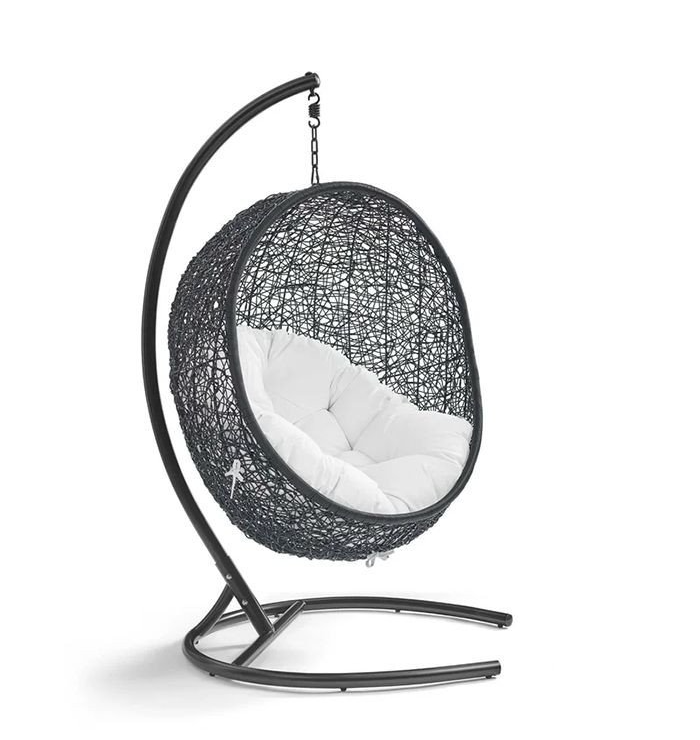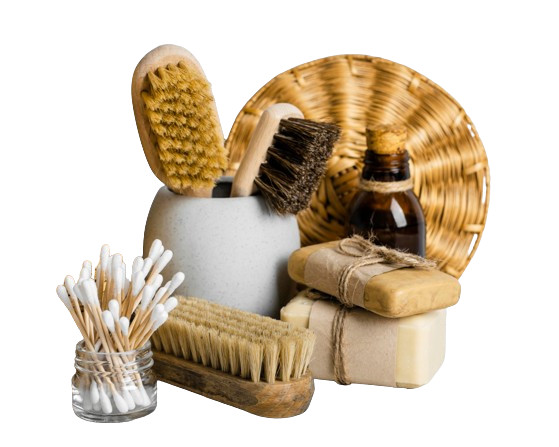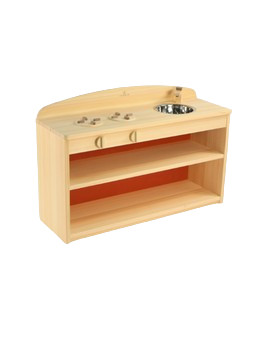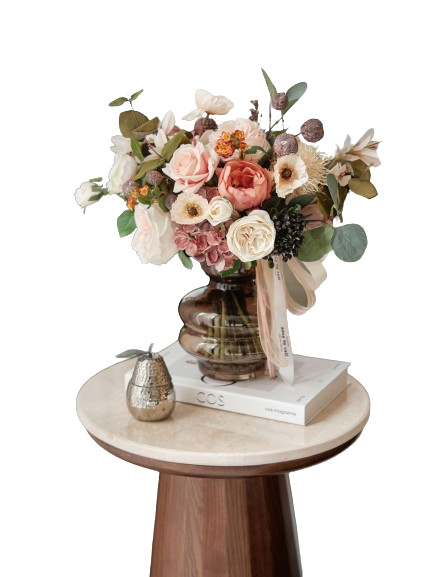8 THINGS PARENTS SHOULD ATTENTION!!
“LITTLE ANGEL” BEDROOM LAYOUT MUST BE BEAUTIFUL
There is no greater delight than becoming a parent and preparing the first room for your little angel! From childhood, the concept of a room or personal bed is always a suitcase that people carry with them on their road to adulthood. As a result, parents, particularly mothers, desire to create a vibrant and colorful private environment for their children. However, in addition to aesthetic considerations, you should be aware of the following eight critical points to ensure your child is as comfortable and safe as possible without adult supervision.
1. There must be enough natural light
When your child begins to learn the alphabet or prepares to start school, he will be exposed to a lot of numbers, letters, and tiny homework assignments. As a result, studying and doing homework in your child's room always necessitates the use of natural light during the day and electric light at night. Children's eyesight is extremely sensitive, therefore parents should check that the lamp power is adequate and that the light color (white, yellow...) is appropriate for their children. Decorative flashing lights are quite appealing, but they are not safe for children and can harm their eyes.


Daylight should be maximized by enlarging window frames to the proper height. This function not only circulates sunlight and fresh air but also maintains the spirit and health of youngsters.
2. Select an appropriate bed or cradle for your youngster
Some modern bed types have colorful, flashy designs or comical animal shapes, which specialists do not recommend for children's bedrooms. Paints used in interior décor, such as beds or closets, might cause allergies in youngsters with sensitive skin, according to scientific studies. An appropriate bed for a child's bedroom merely requires light colors and a very soft mattress to ensure the child sleeps soundly till morning. Furthermore, the bed's height should be 40-50cm, and it should not have a low bed because this is a tough location to clean, enabling filth to accumulate and spread in the air.

Light, safe materials should be used in children's bedrooms
3. Select interior materials that are light and safe
This is unquestionably an issue that parents must prioritize. Children can easily be injured by heavy objects such as metal or unstable materials. If feasible, parents should opt for furnishings made of wood, cotton, or velvet fabrics rather than hefty, dangerous materials. Sharp corners and improper heights must also be avoided in furniture designs. To be more mindful of protecting and caring for their own bedrooms, children should have their own set of tables, chairs, or little bookcases.

4. Plan the window placement in the child's bedroom
A suitable window for a child's bedroom should be situated 1m - 1 m2 from the floor. This is an appropriate height for adult bedrooms to promote privacy while also avoiding unexpected mishaps. If your family lives in an apartment, install safety iron bars.

Aside from the proper position, the window size should be large enough for youngsters to feel natural sunlight and fresh air every morning. When the temperature gets too hot, curtains are a practical and attractive addition to any bedroom.
5. Choose colors and decorative pictures that children love
When designing your baby's room, don't forget to sit and talk with your baby to learn about their preferences and let them choose the images or toys displayed in the room. If the standards are too burdensome, calmly explain your family's circumstances to your child. You will be overjoyed and confident.


Outstanding hues, such as dark pink or blue, are typical of children's rooms, but they should be used only as ornamental accents. Large color spaces, such as walls or floors, should be pastel or natural wood grain.
6. Take note of the placement of electricity outlets and other furniture
Because children are curious and can quickly find methods to play with electrical wires or insert their hands into sockets, electrical sockets in children's rooms should be positioned in places out of reach or hidden under furniture. Unexpected physical impacts can cause books or other things to fall on the child in settings where the child does not yet have self-protection reflexes, so furniture such as bookcases should be placed at an appropriate angle, away from the bed.


Take special note of the location of the electrical outlet in the child's room
7. Storage area
From an early age, parents should encourage their children to consciously and properly arrange their personal items. This is an excellent practice that will benefit your child even when he or she is older. Create a space for your child to showcase toys, a storage place for books and school supplies, or a wardrobe. Storage rooms should also be appropriately organized, with bookcases near the desk and toy storage locations away from the child's bed, so the child can concentrate before going to bed.


8. Don't forget about the wall clock
Create awareness in youngsters from an early age. Children must also be aware of time in order to plan and adhere to a scientific activity routine. A huge wall clock with clear numbers and eye-catching colors is the greatest method to remind children when they have their own room.

 ADORN MUSEUM
ADORN MUSEUM
Location: O-1, TM.01, 1st Floor, Orchid 1 Tower, Hado Centrosa Garden No.200 3/2 Street, Ward 12, District 10, Ho Chi Minh City, Viet Nam.
Hotline: (+84) 28 3930 3428
E-mail: support@adornmuseum.com
Operation time:
8:30 - 17:30, Monday - Friday & 8:30 - 12:00, Saturday

